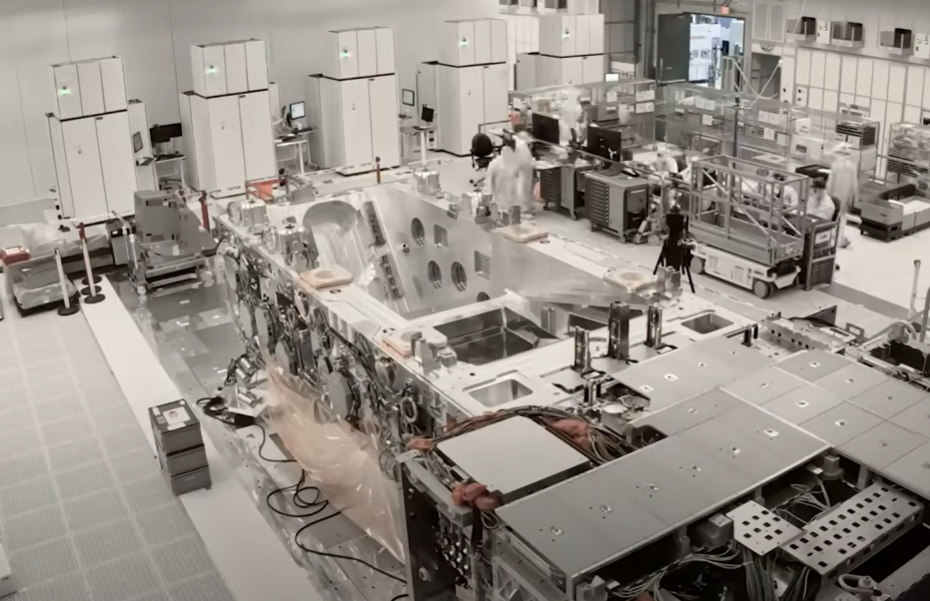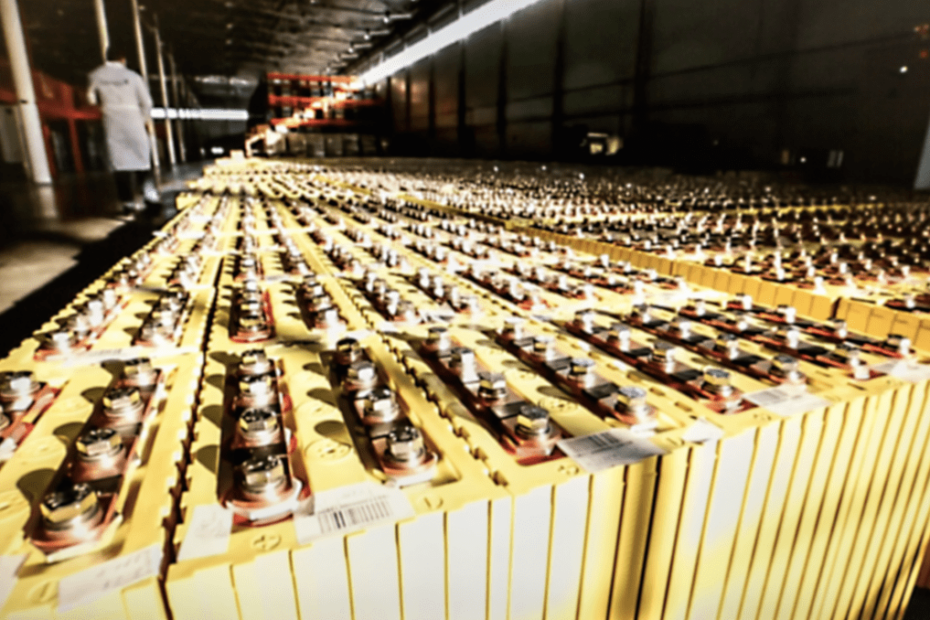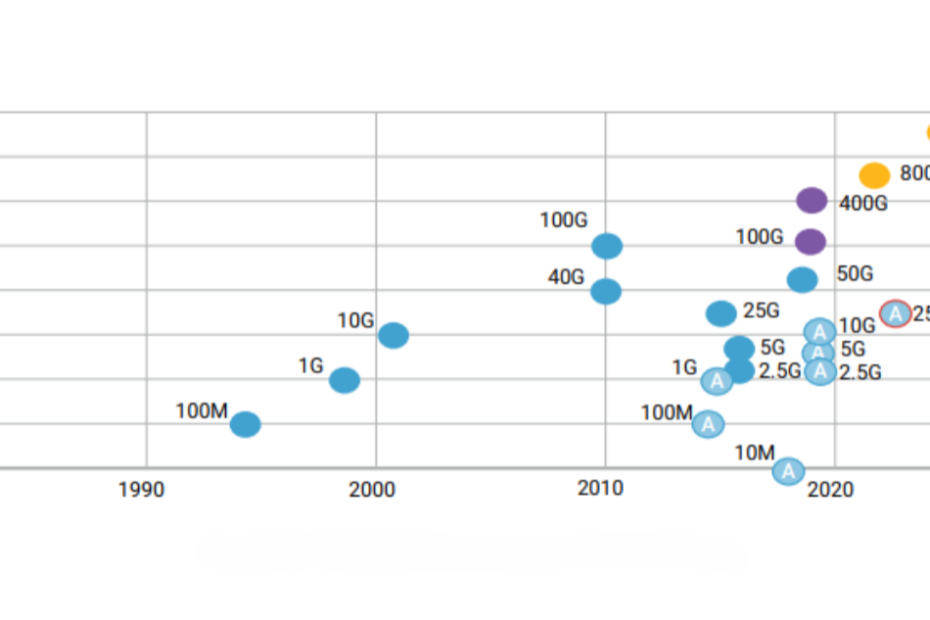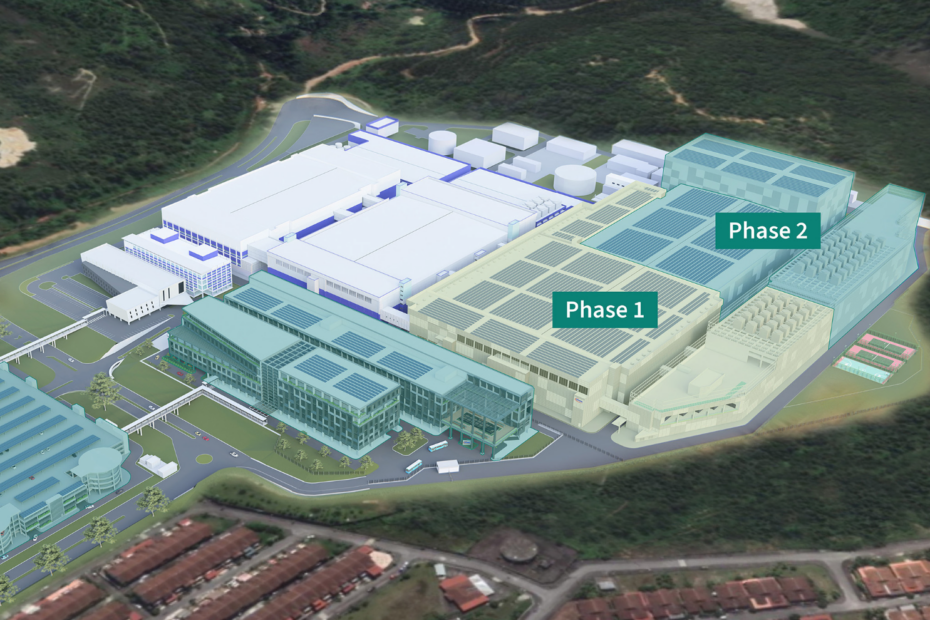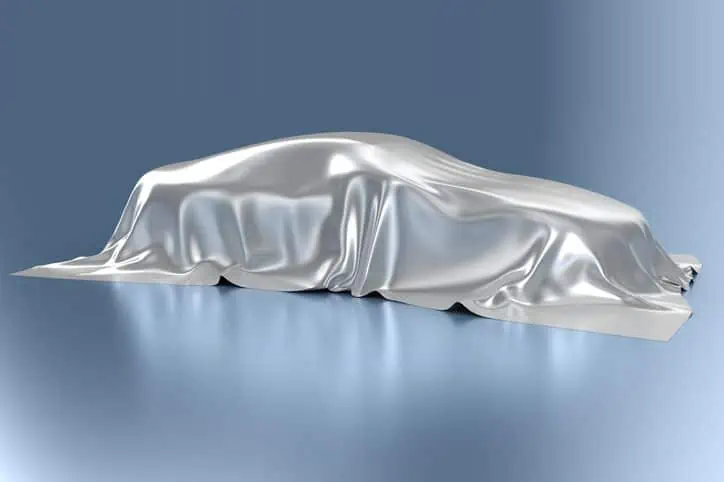How Could Software-Defined Vehicles Go Wrong?
By Junko Yoshida
What’s at stake:
The first order of business in discussing Software-Defined Vehicle is to define it, clearly. What is it? More important, what do carmakers plan to do with SDVs? Too many marketers are abusing the terminology to push their own self-serving agenda.
General Motors last week announced resumption of sales of its Chevrolet Blazer EV, whose software quality issues forced suspension of deliveries in December.
When a carmaker like GM says its fixes are now delivered by software updates, the message to the general public is “Don’t worry. This is no big deal.”
However, GM’s Blazer EV stop-sale was a huge deal.
Read More »How Could Software-Defined Vehicles Go Wrong?

